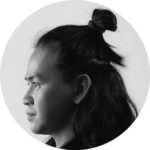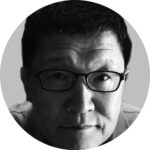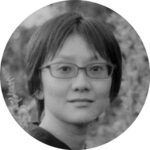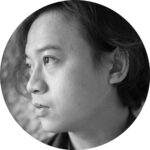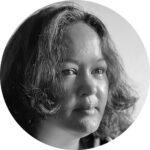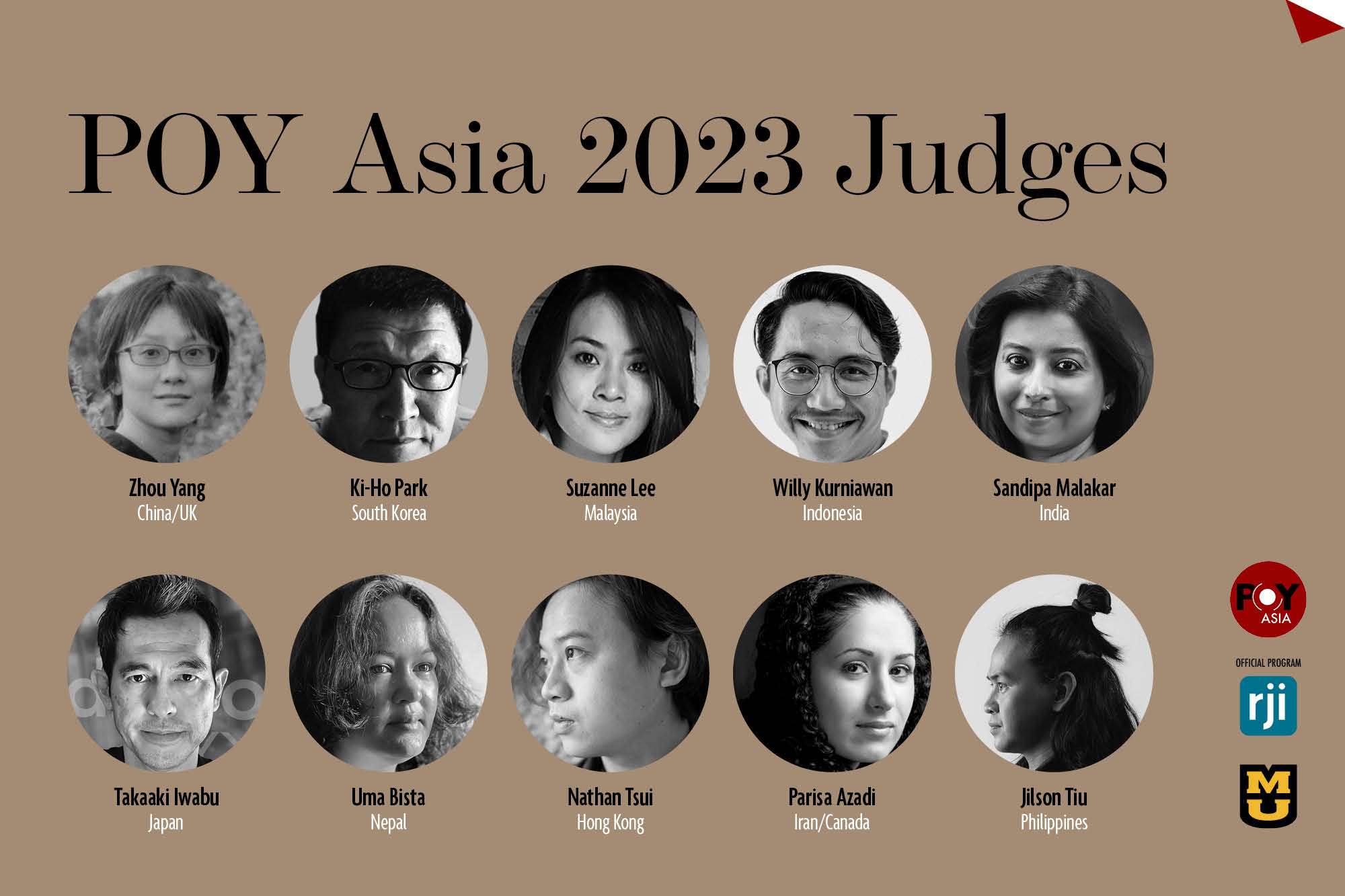
Suzanne Lee is a photographer dividing her time between long-form personal photography projects and commissions. Her commissioned work spans the genres of editorial assignments as well as producing turnkey projects for non-governmental institutions and the corporate sector while her personal work focuses on cultural identity, gender equality, women and child rights and environmental issues. Suzanne continues to work on assignments as well as collaborative projects with cross-disciplinary artists across the board in the Asia Pacific region. Suzanne’s work is recognised in multiple international awards and has been exhibited in print and multimedia exhibitions globally. She is regularly invited to speak in universities, on television and radio shows, and has served as a jury on photo competitions. After living in India and Hong Kong for over a decade, Suzanne is now working out of Malaysia. She is a member of Panos Pictures as well as Women Photograph. She is a Global Imaging Ambassador for Sony Cameras and is supported by Wotancraft Atelier.
Jilson Tiu is an independent professional photographer and photojournalist based in the Philippines. His work focuses on social and environmental issues. Photography is both food for the soul and bread-and-butter for Tiu, who considers himself a journeyman in the trade. He shoots for editorial and commercial work, and contributes photos and stories to digital and print media locally and abroad. He has worked with Greenpeace, EU, UNDP, Oxfam, National Geographic, Financial Times, the Guardian, among others. You’ll find Jilson’s varying perspectives in life on Instagram, from street scenes to the rural idyll. Wherever he roams, Jilson seeks to define the word “density” in a photograph.
Parisa Azadi is a Canadian visual journalist and artist with a keen interest in history and conflict, memory and displacement. She is based in Tehran, Iran and Dubai, UAE, covering the region. For over a decade, Parisa has worked extensively in the Middle East, South Asia, Africa, and Canada. She has reported politically sensitive issues such as missing and murdered Indigenous women in Canada, the illegal practice of female genital mutilation (FGM) in Uganda, and religious extremism in South Asia. Since 2015, Parisa has been working in the Middle East, examining the nuanced dynamics of communities living in the aftermath of war. Parisa’s work has been presented in group and solo exhibitions across Europe, the latest solo exhibition was at Melike Bilir Gallery in Hamburg Germany in 2022. Parisa earned the Chris Hondros Fund Award (Eddie Adams Workshop, 2019) and a Women Photograph Emergency Fund grant (2020). Her work has also been recognized by the World Press Photo 6×6 Global Talent Program and shortlisted for the Magnum Counter Histories Initiative. Her photographs have been published by The New York Times, The Guardian, Vogue, Associated Press, Annabelle Magazine, Malala Fund, International Rescue Committee, among others.
Born in 1960 in Seoul, Ki-Ho Park moved to the United States as a child and studied photography at the Rhode Island School of Design(RISD), graduating in 1986. After returning to Korea in 1987, he worked for various international magazines including Time, BusinessWeek, Fortune and Forbes, and operated a very successful commercial photography business. In 2007, he had his first private exhibition called Photography & Texture, which was a combination of large photographic prints with three dimensional objects. After his solo exhibition, he returned to RISD to earn his master’s degree. His thesis project Everything Must Go, a documentation of empty storefronts across the US during the 2008 financial crisis, was exhibited in New York and Boston. After returning to Seoul, he began documenting deserted old towns that were about to be demolished for new townhouse projects. The resulting project — What We Left Behind — was exhibited in France in 2016. In 2018, his monograph — Silent Boundaries — was published by The Museum of Photography, Seoul, which also hosted the exhibition. The same exhibition was also shown in Three Shadows Photography Art Center in Beijing, and at the Jimei x Aries International Photo Festival in Xiamen, China. Besides his own photography, Ki-Ho also teaches at Yonsei University Songdo International Campus and Graduate School.
Sandipa Malakar is a documentary photographer based in Kolkata. An avid traveller, she started using photography to document people, culture and places around the world. Although she already has a Masters in Genetic Science from Calcutta University and a MBA in Human Resource from West Bengal University of Technology, she enrolled in the prestigious photojournalism programme at the Danish School of Media and Journalism(DMJX) when she decided that telling stories with visuals is her true calling. City of Salvation, her extended project on Varanasi, a city on the Ganges, has been exhibited in Les Focales du Pays d’Auge and Festival Photo Dans La Ville in France; Xishuangbanna International Photo Festival in China; and Indian Photo Festival 2020. Another ongoing project, Pain of Slavery, was selected as Hall of Excellence by the Manuel Rivera-Ortiz Foundation. During the COVID-19 pandemic, she also worked on a pilot project to help photojournalists through an online platform funded by OsloMet, Norway, in partnership with Pathshala South Asian Media Institute in Bangladesh, and photo.circle in Nepal. In 2020, she received two grants from Sahapedia, an open encyclopaedic resource on arts, cultures and histories of India, to complete two projects, one of which is on Durga Puja, a major religious festival for Hindus in the West Bengal area.
Takaaki Iwabu is a photo editor at Bloomberg. He works at the Bloomberg’s Tokyo Bureau. After working in the United States as a newspaper photographer for nearly 20 years, he returned to his hometown in Yokohama in 2013. For about 3 years, he worked as a producer for the Newsline, an hourly news program broadcast by NHK World. He joined Bloomberg’s Asia photo desk 7 years ago. Iwabu was a staff photographer with The Niagara Gazette in Niagara Falls, New York, The State Newspaper in Columbia, South Carolina, and The News & Observer in Raleigh, North Carolina. He is a graduate of Nihon University with B.A. in International Relations, and Marshall University with M.A. in Journalism. He has won more than 50 photography awards, including the Society of Newspaper Design’s Silver Award and the Asian American Journalists Association’s National Award in Photography. He was twice named South Carolina Newspaper Photographer of the Year.
Zhou Yang is a photographer exploring themes of memory, cultural heritage and myths, and has been exhibited in major photo festivals and fairs in China and abroad in the past decade, such as Lianzhoufoto, Jimei x Arles International Photo Festival, Image of Silk Road Photography Biennale of Tianshui and Photofairs Shanghai. She believes in photography’s ability to reveal the unseen and the invisible and her practice now takes leave from the reality and ventures into the spiritual realm. Her on-going project, Faërie, intends to represent traditional Chinese literati gardens as fictional space and time where it is possible to escape mortality. She has also translated many photography theory books into Chinese, including Annie Leibovitz at Work and Geoffrey Batchen’s Each Wild Idea. Originally from China, Zhou graduated with a MA in Photojournalism at the University of Westminster in UK and a BA in Broadcasting and Television Journalism at Shanghai International Studies University. She is now based in Birmingham, UK, where she just started the first year of her PhD programme, which will see her continuing her interest in literati gardens, through the representation in contemporary Chinese art.
Nathan Tsui is a writer, photographer, and photo editor based in Hong Kong who focuses on social and political issues. After graduating with a Bachelor of Arts degree in Sociology and Communications at the University of Massachusetts Amherst, he went back to his birthplace to pursue a career in the media industry. In the past decade, he worked for the Photo Magazine, HK01, and currently for the South China Morning Post. In his spare time, he writes photographer interviews and articles on social media and for multiple media in Chinese, including Initium Media, The Reporter, Stand News, and more. He was a photojournalist documenting major social unrest in Hong Kong before and after Umbrella Movement (2014) for the online media United Social Press. You can find his works and articles in various media including The New York Times, Ming Pao, Stand News, and Apple Daily.
Uma Bista is a photographer based in Nepal. She works on visual narratives that focus on issues of social, cultural, familial, personal, political, and psychological perspectives on gender inequality, based in Nepal. She is an alumnus of Pathshala South Asian Media Institute and Angkor Photo Festival & Workshop. She is a Magnum Foundation Photography and Social Justice Fellow in 2020. Uma was named in the British Journal of Photography’s annual “Ones to Watch 2019”. Her works are being published and exhibited locally and internationally. Her work has been published in The New York Times, Washington Post, Le Monde, NPR, The Guardian, and Caravan.
Willy Kurniawan is a West Sumatran-born Indonesian photographer. His line of work covers general news, politics and economy, natural disasters, and sports, with a focus on social issues. He developed his passion on photography and journalism at Galeri Foto Jurnalistik Antara (GFJA), through a year intensive photojournalism workshop batch XX “Pijar Lintang”, mentored by Oscar Motuloh and Rully Kesuma. Photography has become a part of his life. He contributes to the local photography community, clubs, and forums. He also took part in several collective photography exhibitions. Willy published his first photobook entitled “Memoar” in Bandung (2016), which was edited and curated by Sandi Jaya Saputra. Besides doing his job, he is a photography mentor for students in Bandung and Jakarta until now. Willy currently works as a Staff Visual Journalist for Reuters based in Jakarta, Indonesia Bureau. His photographs have been published in major international news outlets around the world, such as The New York Times, The Washington Post, The Telegraph, The Guardian, Vice, The Week, Straits Times, and The Wall Street Journal. Willy is a 2020 Pulitzer Prize awardee for Breaking News photography with the Reuters team covering the Hong Kong Protests.


